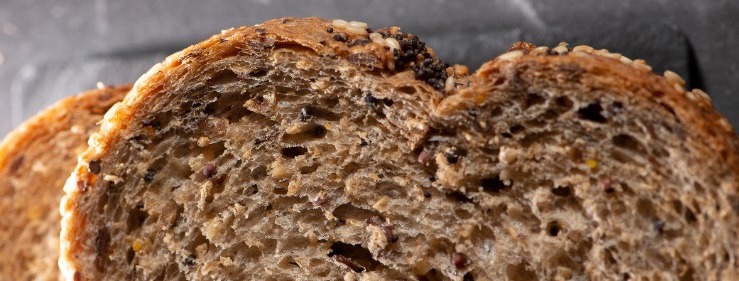
How do you determine the overall quality and consistency of baked goods? Bread quality analysis takes into account factors such as taste, appearance, texture, and mouthfeel to provide a quantifiable score for quality. Consistent monitoring of product quality is vital for manufacturing a desirable product. Two methods the food industry uses are subjective and objective analysis.
Subjective Bread Analysis
The subjective analysis employs methods of untrained perception for evaluating bread quality. When an employee who is not trained in sensory analysis picks up a slice of bread and starts analyzing it, they provide subjective feedback. To change this subjectivity to objective feedback, employees would need to be trained in sensory analysis.
Objective Bread Analysis
Descriptive sensory analysis is expensive and time-consuming, but it provides objective feedback on the texture and aroma of food products. Other forms of analysis use instruments, as well as physical and chemical techniques. The results obtained using objective analysis are easily replicable, efficient, and inexpensive. These objective methods can evaluate multiple parameters at a time or in complementary ways to understand better the quality of products coming off the line.
A tool that can help with objective analysis is the C-Cell Baking Quality Analyzer. Key features relating to the raw material quality, processing conditions are easily quantified using this equipment. It is used over a wide range of products like flat-bread, pizza bases, paninis, cake sponges, or baguettes. It can measure 48 to 60 different product quality attributes, such as crumb, crust, color, cell size, texture and more.
Find out how to use the C-Cell for bread evaluation, plus some troubleshooting tips for common quality issues in our technical paper!

